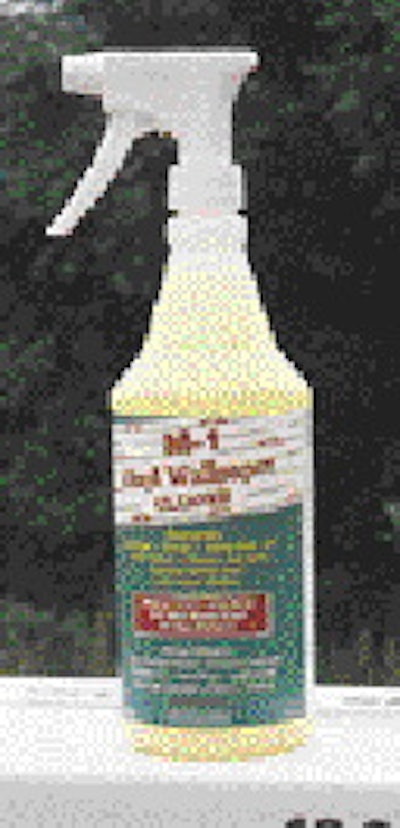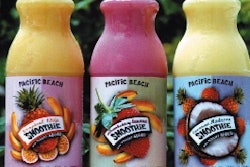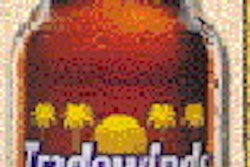
In a nondescript metal building in Auburn, GA, far from the traffic and hubub of Atlanta, contract packager GLH Industries has been putting an inexpensive, semi-automatic pressure filler through its paces for the past 12 months. At the time of Packaging World's visit, GLH was filling 1-qt high-density polyethylene bottles of a moderately viscous liquid wallpaper cleaner for Jomaps, an Alpharetta, GA, manufacturer that distributes its products to outlets such as Home Depot.
The filler, supplied by Riada Equipment (Winder, GA), only cost about $7길, but it is already a step up from the gravity-only filler, also from Riada, that GLH used when it opened its doors two years ago.
"The gravity filler served pretty well for most of the things we did except when we started getting into the viscous hand soaps and dish detergents that tend to carry a lot of [foamy] surfactants," says Vince Armistead, president. When volumes justified a second filler, GLH ordered the pressure filler. "Since we started using this one, I sent my gravity filler [back to Riada] and had them convert it over to pressure."
The main benefit of the pressure filler: It provides faster speeds for viscous or foamy products. An air-operated diaphragm pump pushes the product into the containers, which are filled six-up.
"This particular machine can handle some very thick hand soaps and other viscous products," says Armistead. Filling speeds tend to vary depending on the number of people that are setting up containers on the infeed and capping and removing them at the discharge side, both of which are manual functions. Armistead says typical speeds for aqueous products range from 10 to 12/min; 6 to 10/min for viscous products. By contrast, it took the gravity filler anywhere from two to two-and-a-half minutes to fill six bottles with viscous product. Armistead admits the speed was about the same on the gravity filler for aqueous products.

























